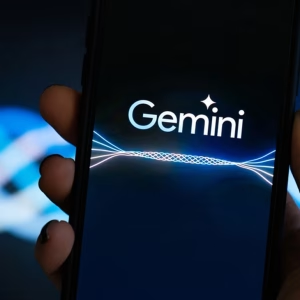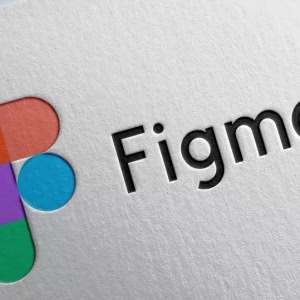Adobe Shares Soar as AI Strategy Beats Earnings Expectations
Adobe shares soared Friday morning after the company beat earnings expectations, signaling that its approach to artificial intelligence could be working for the creative software giant amid fears that generative AI could cause widespread disruption across many industries.
Shares for Adobe (ADBE) rose roughly 14% to $523 in premarket trading Friday morning.
The jump comes after the company reported strong earnings for its second quarter that beat analysts’ expectations and prompted it to raise its annual revenue and adjusted earnings per share forecasts, which are now expected to be between $21.40 billion and $21.50 billion and $18 and $18.20 per share, respectively.
The company’s earnings call focused heavily on its AI strategy and its strong earnings could be a sign the company’s approach to the technology is paying off despite skepticism it could prove disastrous for the creative sector it relies on.
Adobe is a leading provider of creative software and one of many tech firms racing to roll out generative AI tools for users, having integrated the technology across its products like Photoshop, Premiere, Illustrator and Lightroom, introduced its own AI image generator, Firefly, and debuted an AI assistant for its Acrobat PDF tool.
Its strong performance will add weight to Adobe’s argument that generative AI is a big opportunity for creative professionals, not an existential risk, and help it counteract a popular narrative that the technology is something that will largely hurt the industry.
Nevertheless, even considering this premarket bump, shares of the California-based company are still down around 10% from the start of the year, partly a response to concern over how AI would impact the industry.
While creative industries have previously been considered relatively safe from the wave of automation brought about by artificial intelligence, recent advances in generative AI, which can create novel work based on inputted prompts, has sparked fears of widespread disruption. A prevailing narrative has been that Adobe, which largely caters to creative professionals like photographers, illustrators, videographers and designers, will suffer alongside them, despite its efforts to frame the technology as an opportunity. Adobe has struggled to differentiate itself amid the rollout of AI image and video generators from the likes of OpenAI’s Sora, Midjourney, Stability AI, Google’s Gemini, Luma Labs’ Dream Machine and Instagram parent Meta. It says its Firefly generator is “commercially-safe,” having been trained on images it has the rights to use, which may reassure customers worried about using AI given a growing number of copyright disputes involving companies who train their systems using writing, images and videos without permission or compensating owners. That ‘commercially-safe’ approach is now facing competition from the likes of Picsart and Getty.
TANGENT
Adobe faced an AI controversy this week after its updated terms of service suggested the company might use customers’ content to train its models. Users revolted over the vague language and many vowed to abandon the platform if the terms were not changed. Users also criticized the way the company handled the debacle, and it reportedly faced internal criticism from staff over its poor communication with customers. In a blog post, Adobe clarified that “there is no ambiguity in our stance, our commitment to our customers, and innovating responsibly in this space.” It said it has never trained generative AI on or taken ownership of customers’ unpublished work and was not announcing plans to start doing so with the updated terms and conditions.
Source : Forbs













